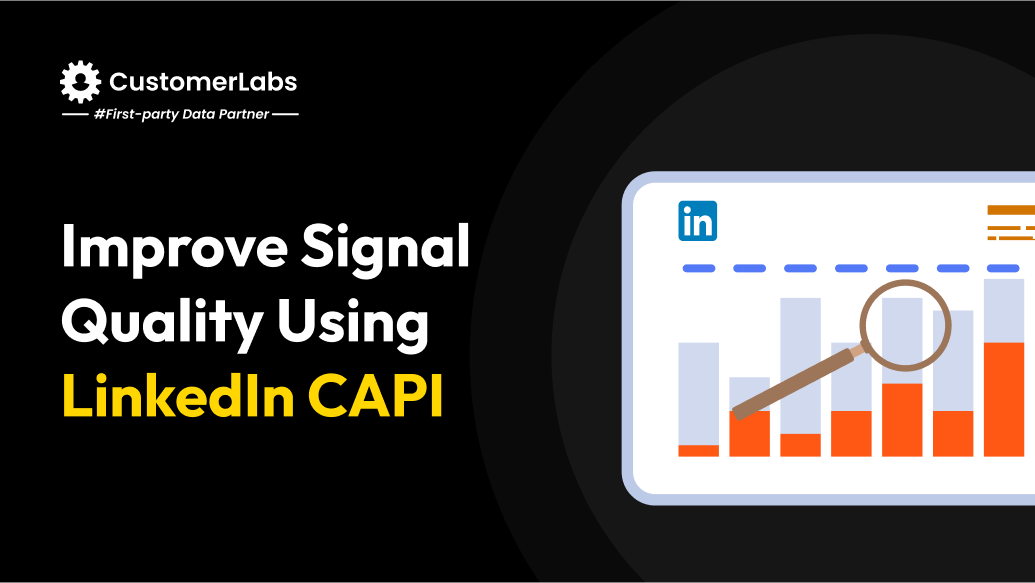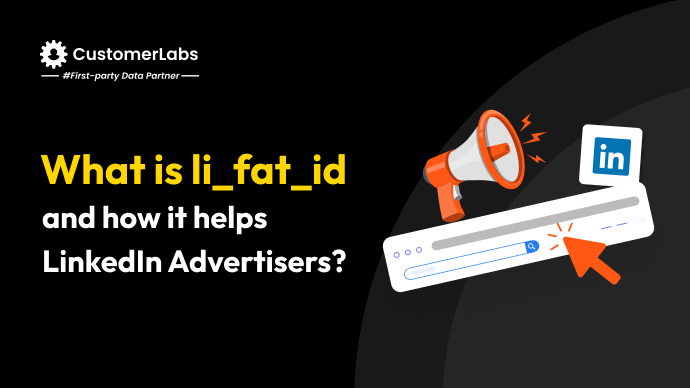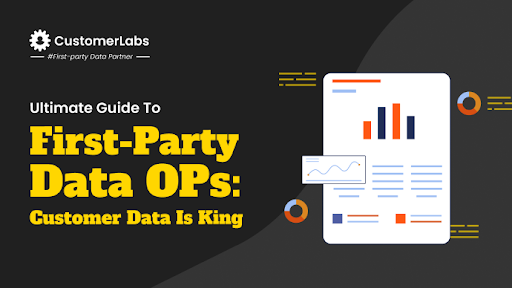LinkedIn has now become a part of the privacy defenders squad by introducing LinkedIn conversions API (CAPI). Since LinkedIn is a promising ad platform on the rise, CAPI is inevitable for its ad performance. However, marketers are still in the dark about what exactly they’ll get out of the new launch i.e., LinkedIn CAPI.
So, let me elaborate on some of the solid advantages marketers would gain by using LinkedIn Conversions API.
Advantages of LinkedIn Conversions API
Server-to-server integration
LinkedIn Conversions API is a server-side tool that acts as a bridge between the LinkedIn platform and your business’ website/ server containing user data. It helps you send both online and offline conversion data to LinkedIn on the server side without having to face signal loss. Plus you don’t have to worry about privacy restrictions while sending these user data to LinkedIn as the data is directly sent via server side in adherence with data privacy laws.
Improve signal quality
LinkedIn CAPI can help you enhance signal quality when you send as many event parameters as possible to LinkedIn. One key parameter that improves signal quality to a great extent is Li_fat_id. So make sure you sync it with LinkedIn at any cost.
However, sending li_fat_id alone is not enough. You have to send all the other essential parameters along with li_fat_id to LinkedIn using LinkedIn CAPI for higher signal quality.
Have a look below for the list of parameters supported by LinkedIn.
- Hashed email IDs (using SHA-256)
- LinkedIn_First_Party_Ads_Tracking_UUID (Li_fat_id)
- Axiom ID
- Oracle MOAT ID
- First name
- Last name
- Company name
- Title
- Country code
- LeadGenFormResponseUrns – Generated when a user submits a LinkedIn Lead Gen Form and advertisers can download it.
Send these event parameters to LinkedIn via CAPI for higher signal quality which can improve ad performance.
Increase user matching
When you sync the above-mentioned user data to LinkedIn, it will try to match the user data with the profiles in its database and this is called match rate. This match rate will be improved if you avoid signal loss by sending the user data directly from server to server using CAPI.
Tip: Li_fat_id, which was discussed earlier, also plays a key role in increasing match rates. Unlike other click IDs li_fat_id is unchanged after every click which means it is unique for every single LinkedIn user. If you send this unique ID together with other user data to LinkedIn via CAPI, it will help LinkedIn identify the users better and increase match rates dramatically.
Better retargeting
As I already said, CAPI will improve your signal quality and increase match rates when you send high-quality first-party data to LinkedIn. This will help marketers to more effectively retarget the exact people who’ve interacted with your business before, at the right time.
Besides, marketers can persuade the retargeting audience with personalized LinkedIn ads improving overall retargeting campaign performance. For instance, if a user reads your blog about “Introduction to Google Ads” on day one you can retarget them with a webinar on “Proven Strategies to Improve Google Ads” after a week so that they’ll convert.
You can go a step ahead with personalization using advanced tools like CustomerLabs. If you set up LinkedIn CAPI with CustomerLabs, you get to segment the first-party audience and leverage hyper-personalization in LinkedIn Ads. For example, you can segment all the users who viewed a feature page of yours more than 3 times in the last 45 days but did not schedule a demo or sign up. Afterward, you can show them an ad with the benefits of the product which they would miss out on if they do not sign up today! These MoF (middle of the funnel) audiences are high-intent users, and the probability of them converting would be higher.
Therefore, segmenting audiences using CustomerLabs gives you an option to hyper-personalize your retargeting campaigns and maximize your revenue.
Conversion uplift
LinkedIn CAPI sends conversion data to LinkedIn on the server side, so you’re less susceptible to losing data. This will help LinkedIn better map conversions back to specific ads, improving your overall conversions.
In case your client runs a business that has an online website and an offline store, LinkedIn CAPI can help you by sending both online and offline conversion data to LinkedIn and letting marketers know the true conversions that resulted from their ad campaign.
Optimize ad campaign performance
The high-quality conversion data sent to LinkedIn via CAPI allows the ad algorithm to better understand the audiences who converted. With this understanding, LinkedIn will be able to expand the audience net in the right direction by identifying and targeting the people who are more likely to convert. With this on-point ad targeting, you can see an improved ad campaign performance, a significant reduction in cost per action, and an increase in ROAS (return on ad spend).
Full control over data
LinkedIn CAPI lets you leverage full control over the data you send. So, you have the liberty of choosing which data to send and which one not to. In order to gain the trust of your customers and to comply with the privacy laws you have to keep away from certain data. For example, businesses like finance might have details of account balance, transaction history, and investment details which should not be shared with ad platforms.
To send data via LinkedIn CAPI in a controlled manner you have to write loads of code. But, if you set up LinkedIn CAPI using CustomerLabs you can limit the data you want to send just by toggling on a few tabs. It’s that easy!
Note: CustomerLabs’ Sentinel offers complete privacy for your data while making the best out of that data across ad platforms!
To recap the advantages of LinkedIn CAPI…
LinkedIn Conversions API (CAPI) is a breakthrough for every LinkedIn marketer out there. It sends user data directly from your server to LinkedIn, which means no data loss and no worries about privacy issues. And with CAPI you have the option to make your ads more effective by improving signal quality and user matching when you include key details like Li_fat_id in the data you send to Linkedin.
Plus, LinkedIn CAPI helps you retarget users more precisely and personalize your ads, which drives higher conversions. If you wish to take your personalization game to another level CustomerLabs can help with that by allowing you to segment and personaize your audience for higher engagement and conversions.







